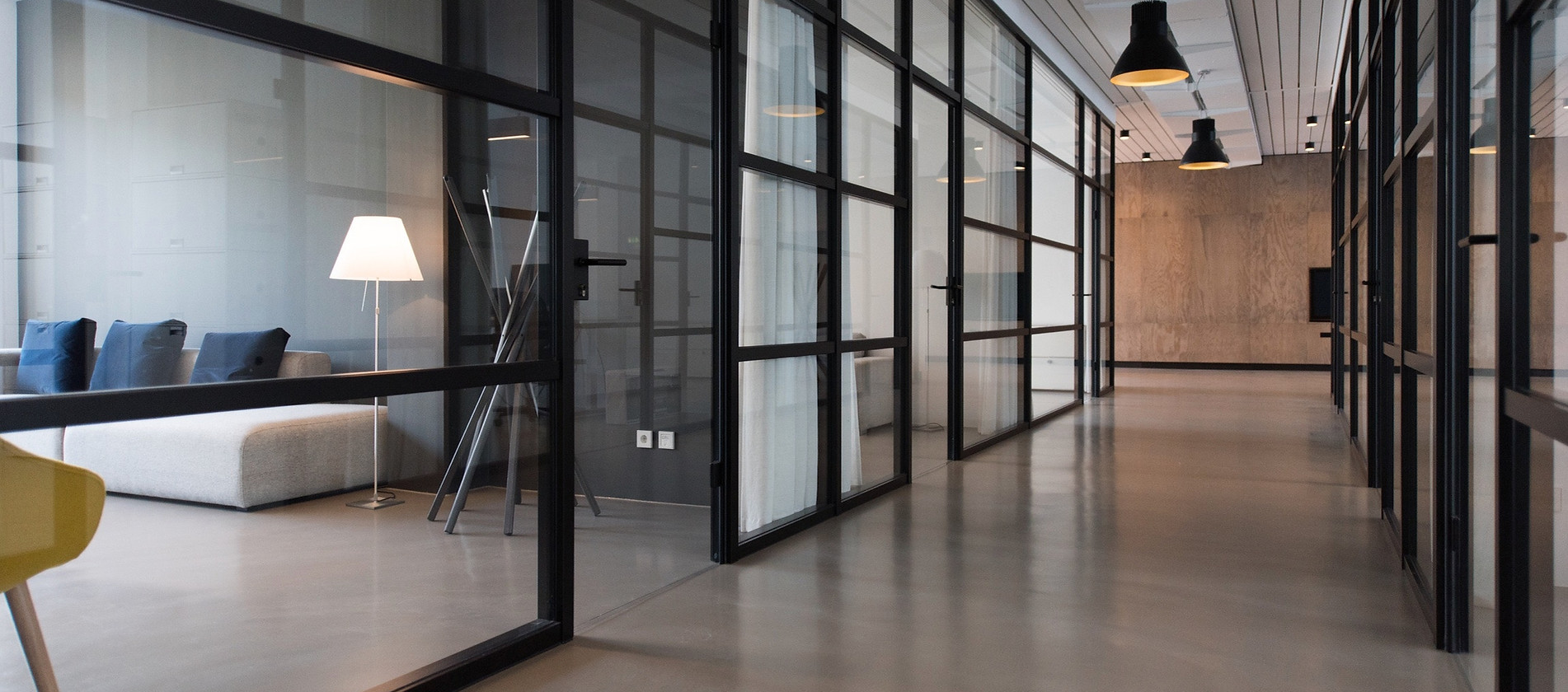Featured on
REDFIN
Your Listening to PDC Smooth Tunes
Create to Discover and Uncover | Build a Brand Create a Culture

Tenant Improvements Design Services
The real estate definition of Leasehold Improvements, also known as tenant improvements (TI), is the customized alterations a building owner makes to rental space as part of a lease agreement, in order to configure the space for the needs of that particular tenant and program of use.
Let us help with your next tenant improvement plans for municipality permit approvals along with the interior design of your space as a package deal.
Construction Documents:
PDC | Design+Drafting prepares detailed documents in-house for all our projects. Each project is detailed as necessary for the construction and permitting of the design by the projects' current municipality jurisdiction. All required structural engineering plans and calculations will be sealed and stamped by our licensed engineer.
Interior Design:
To reach the vision of a client, the designers at PDC | Design+Drafting are responsible for furniture, fixtures, lighting, branding, and signage. Often, these items are custom allowing PDC | Design+Drafting to create an item specifically designed for our client’s needs. Through 3-dimensional color renderings, colored floor plans, interiors, exteriors, and material sourcing, PDC | Design+Drafting offers a comprehensive design direction for any aspect of interior space.
Design & Presentation:
Will include a material and color board with designated color palettes for walls, finish materials, 3D/isometric views of the design, and colored renderings that can be provided for clarity of the new design being presented.
PROJECT SAMPLES
Tenant Improvement Projects click here